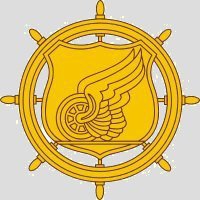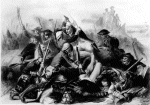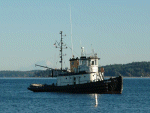NavSource Online: Army Ship Photo Archive

Please report any broken links or trouble you might come across to the Webmaster. Please take a moment to let us know so that we can correct any problems and make your visit as enjoyable and as informative as possible.

| Click On Image For Full Size Image | Size | Image Description | Source | |
|---|---|---|---|---|

3015213002 |
48k | After General Sir William Howe's British-Hessian army occupied Philadelphia, Pennsylvania on September 26, 1777, it became necessary to supply his troops. Fort Mifflin on Mud Island in the middle of the Delaware and Fort Mercer at Red Bank, New Jersey, together with river obstructions and a small flotilla under Commodore John Hazelwood prevented the Royal Navy from shipping provisions into the city. With Philadelphia effectively blockaded by the Americans, the Howe brothers were forced to lay siege to Fort Mifflin in order to clear the river. A Hessian attempt to storm Fort Mercer failed with heavy losses on October 22 in the Battle of Red Bank. Two British warships which had run aground near Mud Island were destroyed the next day. General George Washington reinforced Fort Mifflin throughout the siege, but the garrison never numbered more than 500 men. After a few setbacks, the British finally assembled enough artillery and warships to bring Fort Mifflin under an intense bombardment beginning on November 10. No longer able to reply to the British bombardment, Thayer ordered the survivors to row across to New Jersey in the night and left the flag flying. Fort Mercer was abandoned soon afterward, opening the Delaware and permitting the British to hold Philadelphia until June 1778.(Wikipedia) 3015213002. British capture Fort Mifflin, November 16, 1777 3015213003. Overhead view courtesy of Fort Mifflin on the Delaware |
Tommy Trampp | |

3015213003 |
48k | |||

3015213001 |
49k | USAV Fort Mifflin (ST-2130) underway, date and location unknown.
Photo by John Kohnen, courtesy Shipspotting.com |
Tommy Trampp | |
| Back To The Navsource Photo Archives Main Page | Back To The US Army Ship Index | Back To The US Army Tugs |
| Comments, Suggestions, E-mail Webmaster. |
|
This page is created and maintained by Gary P. Priolo |